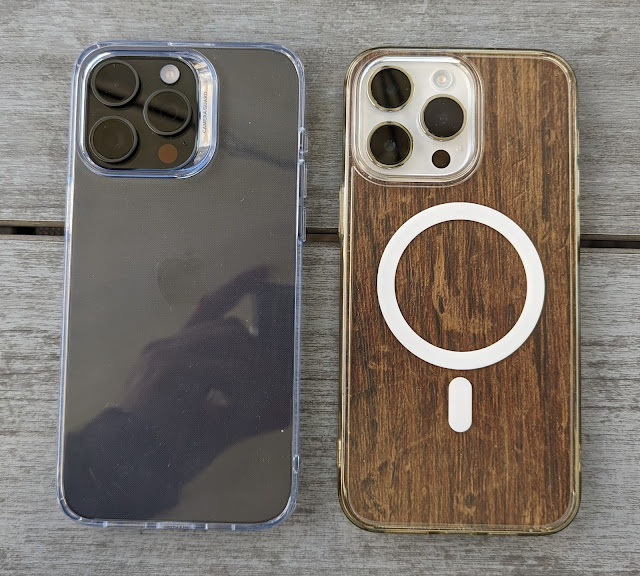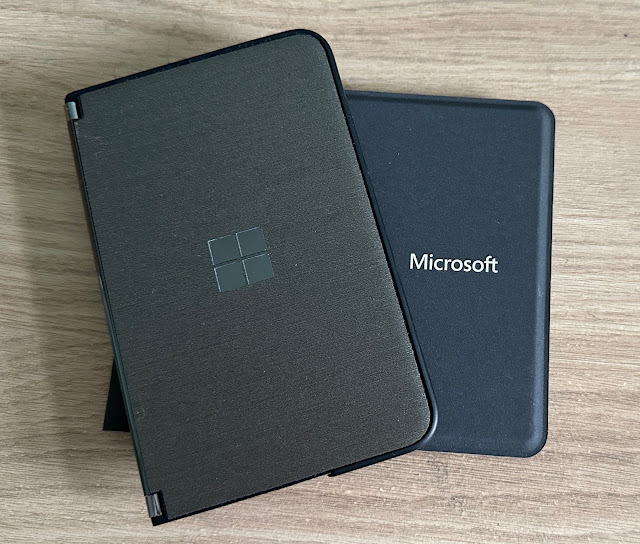How to: Re-mix old music, step by step
The use case here isn't universal, but it is quite common. There are tracks ripped from old vinyl, or available as 'extras' from various sources, and which haven't been attended to by a professional publisher already. You know, those 'Unreleased demo 2' tracks on band Y's latest re-release of a 1975 classic. They all add value to the re-release, but no one has taken the time to actually improve the quality.
Well not until now. Using the tools that we have in 2024, it's possible to take tracks apart to a degree and then put them back together in a way that presents the vocals and instruments more clearly. So, where there was originally a mono-ish, muddy mix, probably a capture of a cassette copy of a rehearsal, or similar, we can now have a much clearer, wider stereo version that sounds as if it was recorded in 1995 rather than 1975. Well maybe. Perhaps nearer 1985 in some cases! But better, that's the point.
Begging the question 'How do I do this?' Here's my workflow, for what it's worth. You can experiment with your own niche audio tracks - or perhaps from your old band from 50 years ago.
1. Find the purest source files you have for the track
Usually this will be by ripping a CD or CDR in WAV or FLAC format, or downloading the same online from file sharing sites (but stay legal, folks). Sometimes you might need to re-capture something into a modern PC or Mac from source tapes. The strict last resort is to start from already-compressed MP3 files. These are already degraded in terms of music information, so aren't ideal to try and extract pure instruments ('stems') from.
2. Upload your stereo WAV or FLAC file to your favourite music splitting service
I use MVSEP because it runs on tokens from a one-off purchase, i.e. there's no monthly subscription to keep track of. So I paid $10 for 600 tokens a while back, and I've still got 400+ tokens even after dozens of track splits. Yes, there's a free tier, but you don't get the full range of splitting options and you also have to wait for processing time in the queue behind people like me who have used their tokens(!)
In terms of model type to choose, I'd recommend starting with the settings shown above, but there are dozens of permutations and you'll quickly find some that suit your music and needs. Note that the output encoding shouldn't be set to something lossy like 'MP3', as you're then losing information even before you've started editing for real!
3. Split the track
After uploading your source and clicking on 'Separate', MVSEP will get to work. You can leave the tab open in your browser and come back in a bit. If you're using tokens then it'll all be done in about a quarter of an hour. If you're going full freebie then it might be an hour.
4. Download and extract the results
As shown above, when the processing is done then a ZIP file will appear as a link. Grab this to your PC or Mac.
Inside the ZIP file are your 'stems' (tracks), so extract everything to a folder in the usual way. Usually you'll have four or five WAV files to deal with.
5. Open the WAV files in Audacity (or similar)
There are as many audio editors as stars in the sky (well, almost), but the most popular and the cheapest (free) is Audacity, which is what I use. And have done for a decade now in all spheres. You'll be familiar with the layout and concept, for example as shown below:
On my Mac the easiest way to get all the stems loaded in the one project is to open one of them (e.g. 'vocals') into Audacity and then drag all the other stems into the project on-screen. But I'm sure you'll find your own 'best' way to get them stacked for editing as shown above.
6. Remixing!
Now comes the fun bit. Doing what you came for, which is remixing and remastering your original music. Note that the likes of MVSEP can't work miracles. The 'cleaner' your original is, the more accurate the split into stems. So, for example, if the original is a horribly tinny and muddy live mix of a band, then even the best AI may not be enough to work out what's what. In practice, there's a sweet spot - a lovely clear and clean original track is probably best left unsplit and just clarified in Audacity (by, for example, applying some EQ), while a terrible original is unusable and the stems will just come out as 'everything'.
But in between these extremes are a load of demos and live tracks that are crying out for some TLC (I've been doing some early Hawkwind demos and rarities, for example).
Some ideas:
- Widen the stereo field. Most early demos and live tracks are mono, or damn near enough, and it's fun in Audacity to pan some of the stems left and right. For example, putting bass 20% left and drums 20% right, then putting lead instruments 60% left and the 'rest' of the backing instruments 50% right. All with vocals in the centre, of course.
- Boost the vocals, boost the drums. As a rule, old recordings tend to be copies of some master tape or LP or whatever, and the first things to go are the high end frequencies on vocals and drums. So when remixing I tend to boost the vocals by a couple of dB and also do a little graphic EQ boost at 5kHz and upwards (see on the Effects menu in Audacity). Ditto on the drums, to boost shimmering hi-hat and cymbal frequencies.
- Level out any recording errors. You'll often find that one section of a track is too quiet generally, or too loud, or that there's a loud hum. That sort of thing. Noise reduction, music amplification, and EQ effects can take care of most of this. Plus, if the start or end of the track was messed up (as is often the case) then this is your chance to apply a 'Fade in' or 'Fade out', as appropriate, on each track.
7. Remastering
By which I mean exporting your project from Audacity in as best a shape as possible. Usually this means picking the highest 'bitrate' offered, e.g. '220-260' kbps, and obviously 'Stereo'. You can play with the other encoders if you think higher quality is warranted. But usually you're starting with a track that's distinctly less than perfect and, even after you've improved it in numerous ways, it'll still not need the full lossless or 'CD quality' output treatment. There's simply no point.
While in the output dialog, click on 'Edit metadata', since this will give iTunes and other music playing apps a decent chance of filing your new music in a sensible place. Everyone organises their musical odds and ends differently, so this bit is very much up to you!






Comments